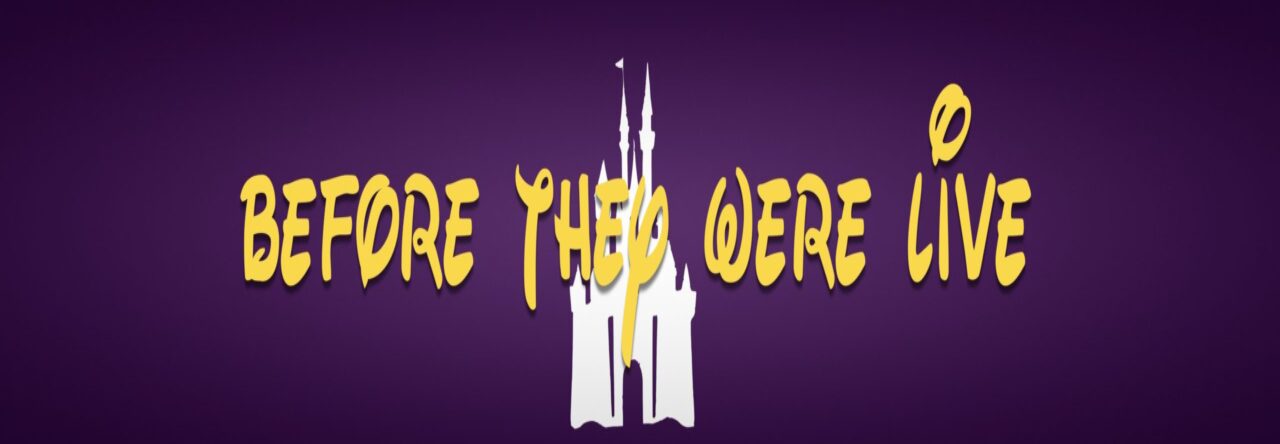
This block of syndicated programming, which aired nationwide and in countries across the world, became the touchstone of an entire generation of kids. So entrenched are these adventures in the collective subconscious that today you could approach most people ages 20 to 30-something and—even if they’re not a huge Disney fan—find they can instantly summon up a trademark DuckTales “woo-hoo!” – Brittany Bell
That ‘91-’92 two hour block of afternoon television: Ducktails, Chip ‘n Dale Rescue Rangers, TailSpin, and Darkwing Duck, may have been the peak of civilization. History will be the judge, I guess.
*Update 4/2/2020* Chip ‘n Dale Rescue Rangers was originally meant to be a The Rescuers spin-off television show. This might be part of why The Rescuers Down Under feels closer to Rescue Rangers than The Rescuers, but it could also be that they were both developing in the same era and shared common influences.
Nostalgia junkies click here for historic details, theme songs, ring tones, tee-shirts.





















